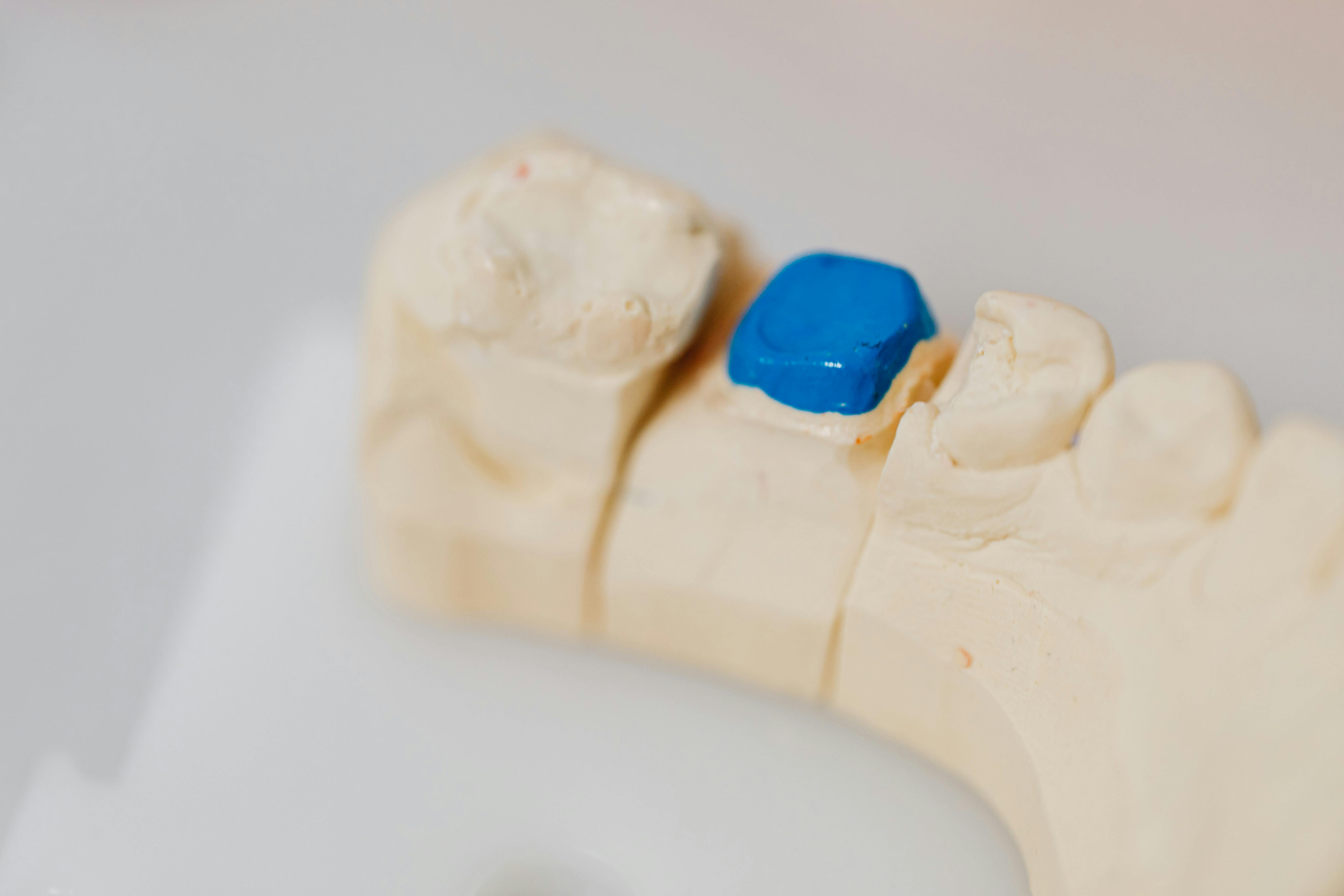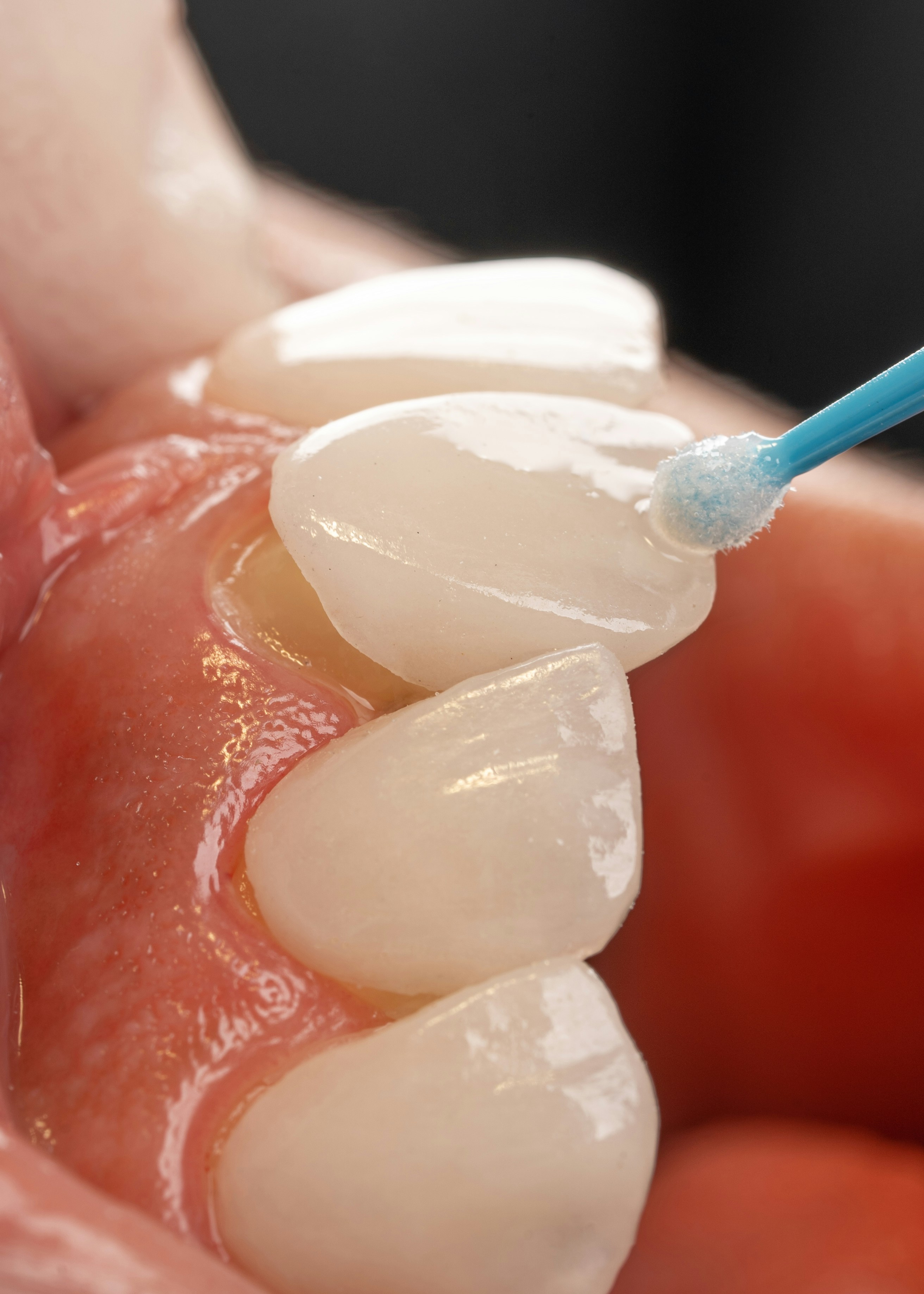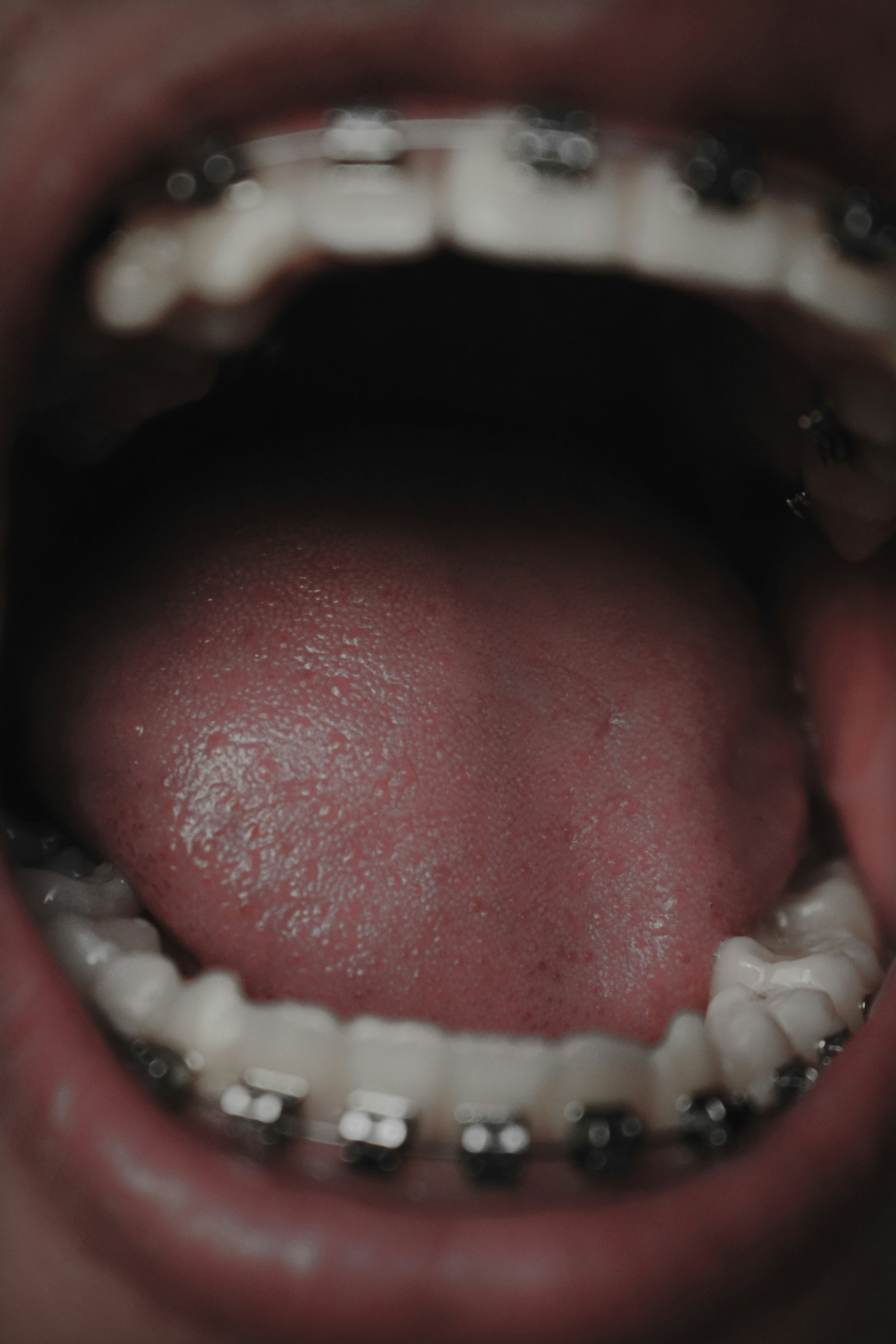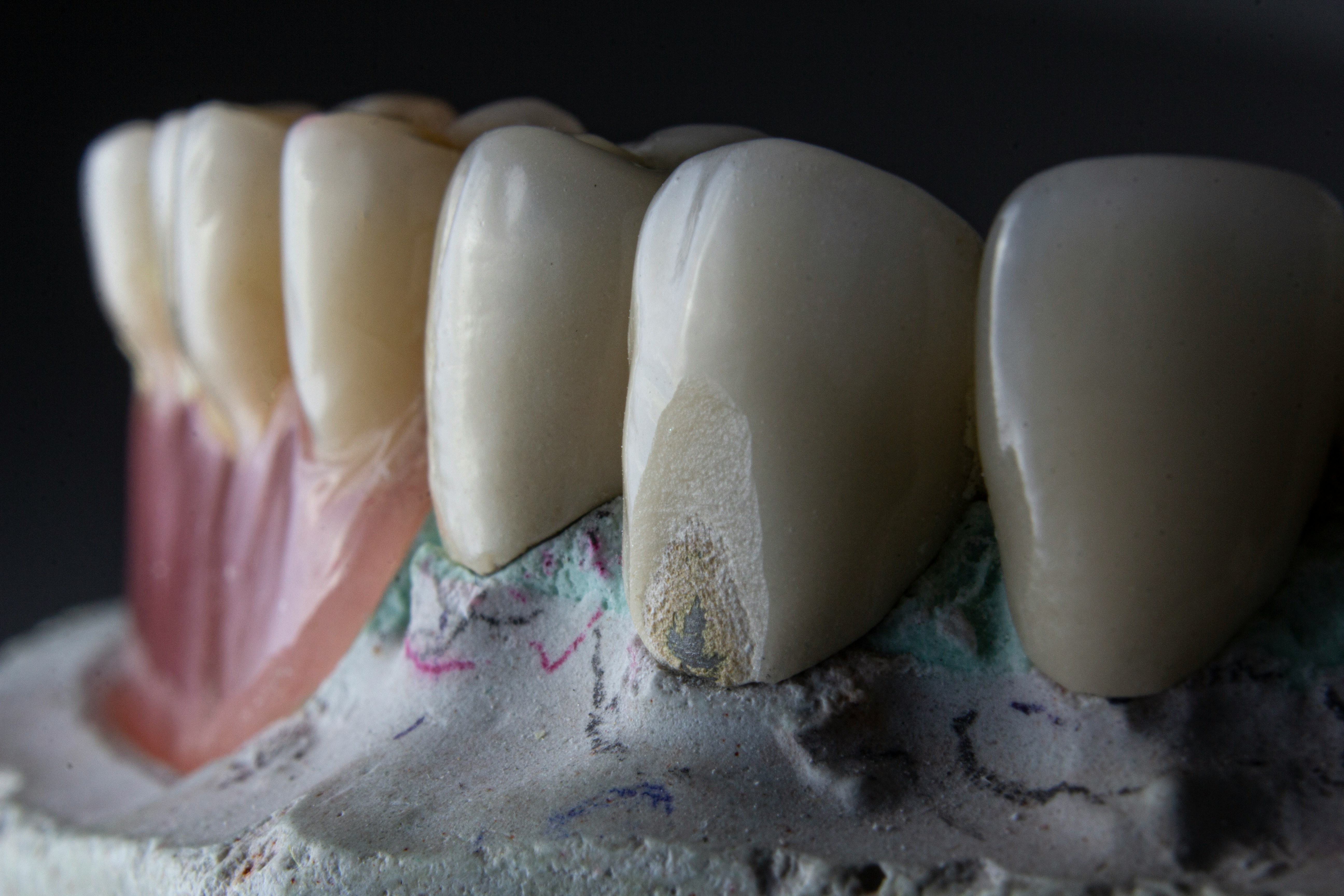Dental Fillings: Types, Procedure, and Aftercare
Dental Fillings: Types, Procedure, and Aftercare
Tooth decay is one of the most common dental problems, and if left untreated, it can lead to pain, infection, and even tooth loss. Thankfully, dental fillings provide an effective solution to restore teeth damaged by cavities or minor fractures. If you’re planning to get a filling or want to know more about it, here’s a complete guide on types, procedure, and aftercare.
What Are Dental Fillings?
A dental filling is a restorative material used to repair a tooth that has been damaged by decay or wear. The filling seals the cavity, prevents further damage, and restores normal function and appearance.
Types of Dental Fillings
Different materials are used for fillings, each with unique advantages:
- Amalgam Fillings: Made of silver, mercury, tin, and copper. They are durable and cost-effective but less aesthetic because of their metallic appearance.
- Composite Fillings: Tooth-colored resin fillings that blend with natural teeth. Ideal for front teeth or visible areas.
- Ceramic Fillings: Made of porcelain, these are highly durable and resistant to stains, though more expensive.
- Gold Fillings: Long-lasting and durable, but they are costly and require multiple visits.
- Glass Ionomer Fillings: Release fluoride, which helps protect teeth, but are less durable compared to other types.
The Procedure for Dental Fillings
Getting a dental filling is a straightforward process:
-
Examination and Diagnosis – The dentist examines the tooth and may take X-rays.
-
Anesthesia – Local anesthesia is given to numb the area.
-
Decay Removal – The decayed portion of the tooth is removed using dental instruments.
-
Cleaning the Cavity – The area is cleaned to prevent bacterial growth.
-
Filling Placement – The chosen filling material is applied to the cavity.
-
Shaping and Polishing – The filling is shaped and polished to match your bite.
The procedure usually takes 30 to 60 minutes depending on the extent of decay.
Aftercare for Dental Fillings
Proper care after a filling ensures its longevity:
- Avoid Eating Until Numbness Wears Off: Prevents accidental biting of lips or tongue.
- Be Gentle With Chewing: Especially if you received a new filling on one side.
- Maintain Oral Hygiene: Brush and floss daily to prevent further decay.
- Limit Sticky and Hard Foods: To avoid damaging the filling.
- Regular Dental Checkups: Visit your dentist to ensure fillings are intact and healthy.
How Long Do Fillings Last?
The lifespan of a filling depends on the type of material used and your oral hygiene. Amalgam and gold fillings may last 10–15 years or more, while composite and glass ionomer fillings may need replacement sooner.
Final Thoughts
Dental fillings are a reliable way to restore decayed teeth and maintain your oral health. Choosing the right filling depends on factors like tooth location, budget, and aesthetic preference.
At Gargi’s Dental Care, Kolkata, we offer a wide range of filling options with expert guidance to ensure your teeth stay strong, functional, and natural-looking. Schedule your consultation today and take the first step towards healthier teeth.










